The InVisible Difference project will examine the different models of disability alongside empirical observations of the development of choreography by and for disabled dancers. The project aims to uncover new ways of thinking about how dance is made and performed by disabled dancers. We will also assess how the nature of this choreography interacts with intellectual property law and the concepts of authorship and ownership. We will consider disability, human rights and copyright law from UK domestic legislation to international law. In this we will assess how the law compliments or conflicts with dance, and the extent to which the legislation encourages and protects the creativity of disabled performers.
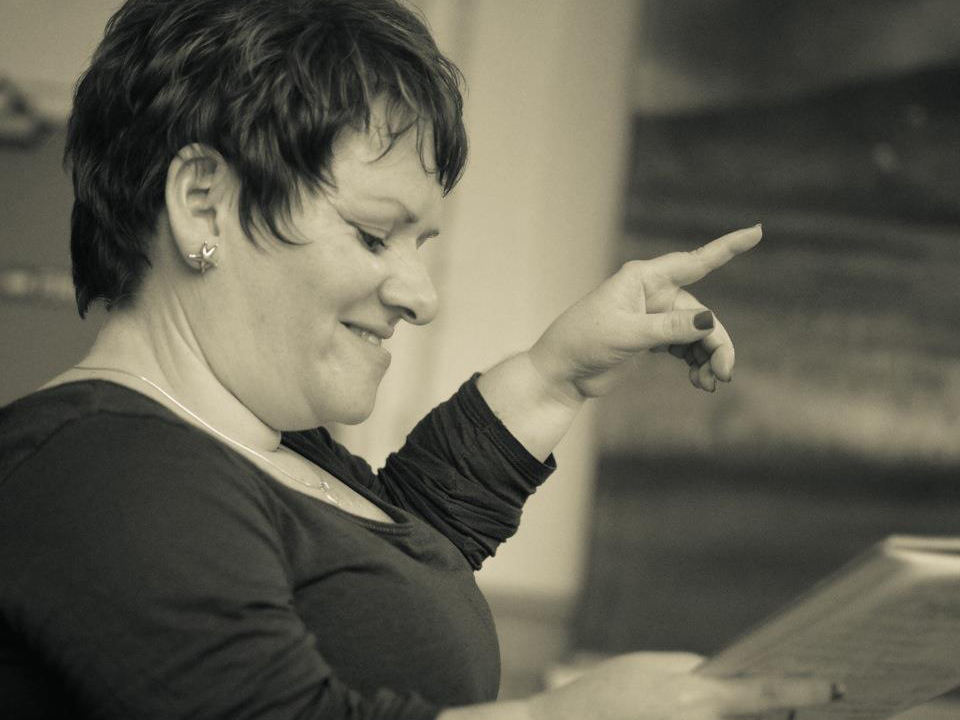
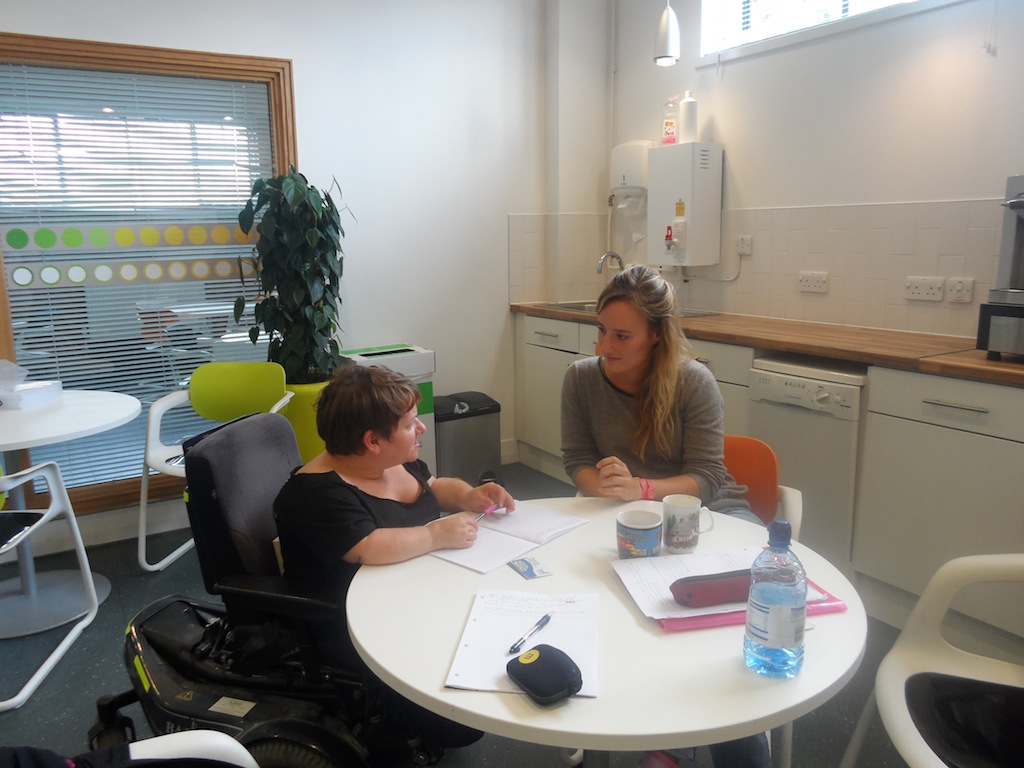
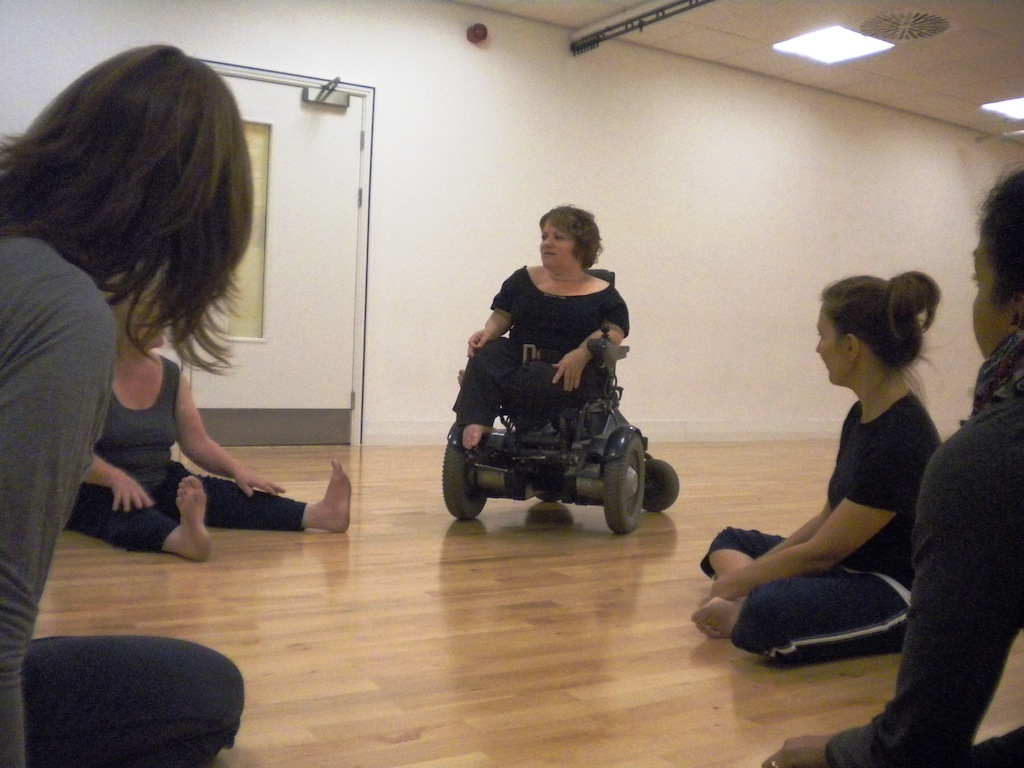
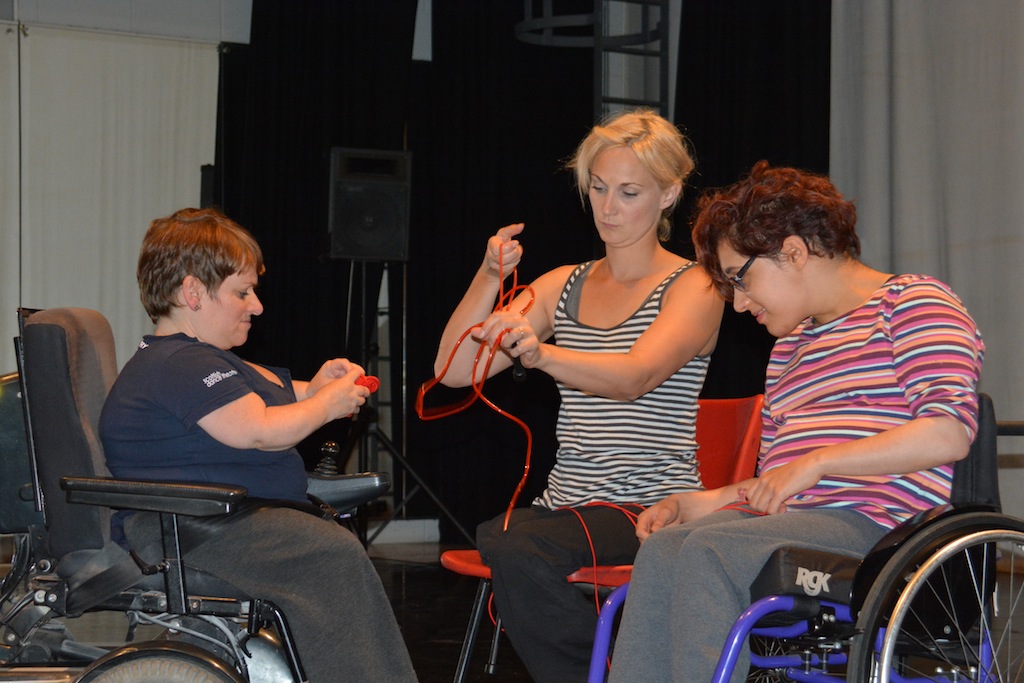
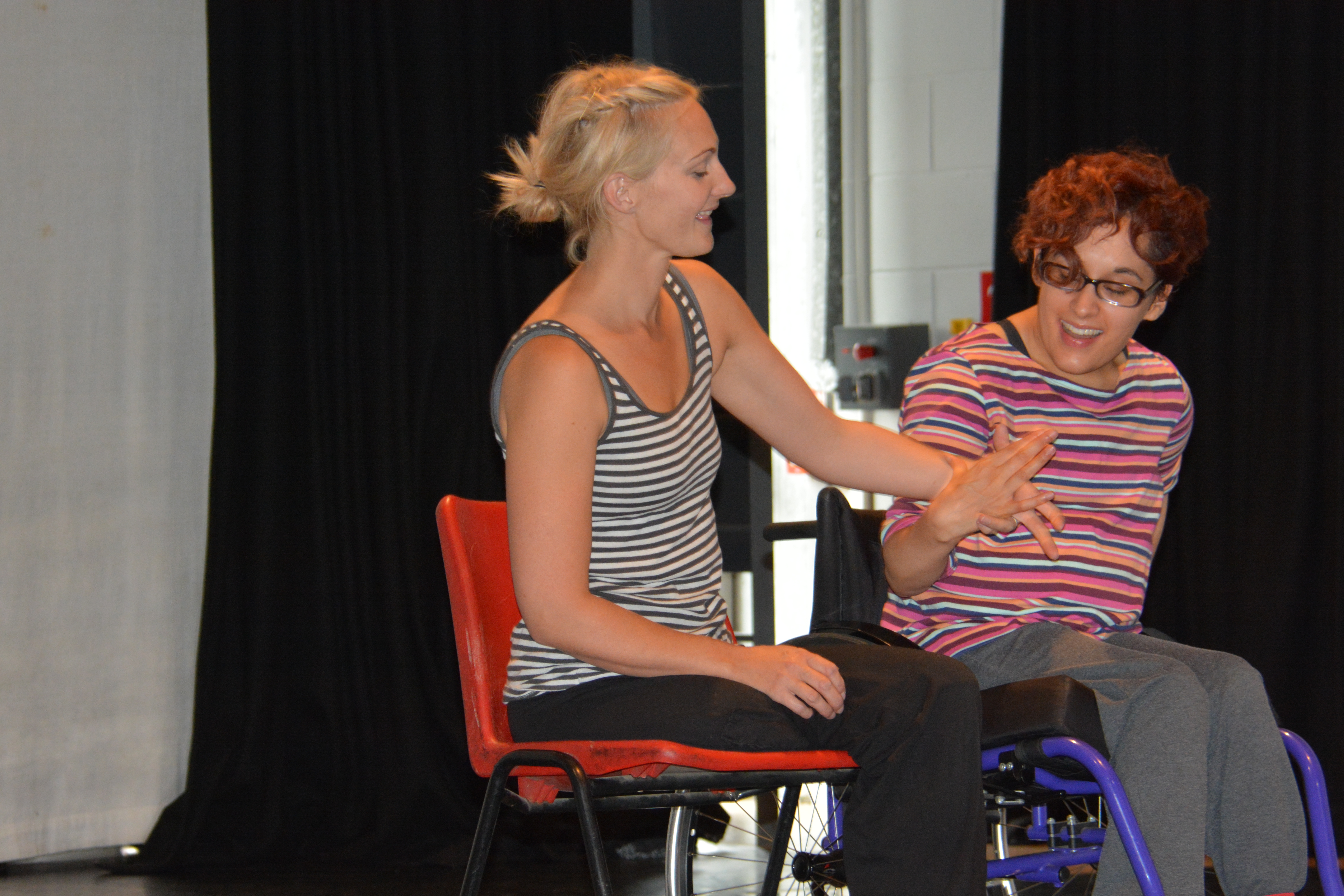

 Fieldwork
Fieldwork